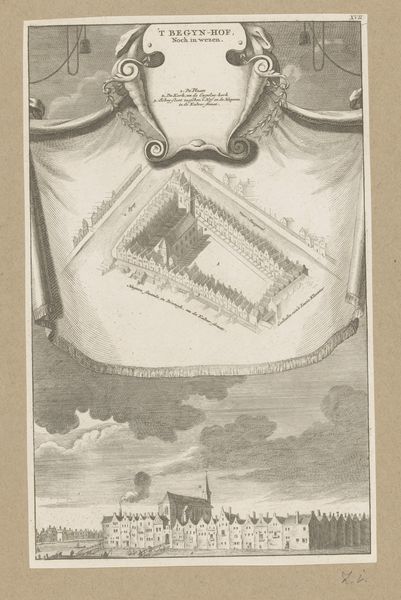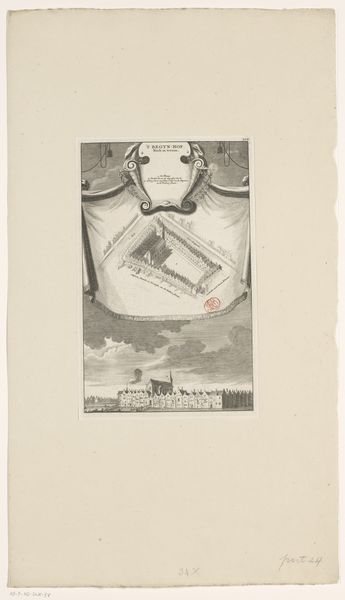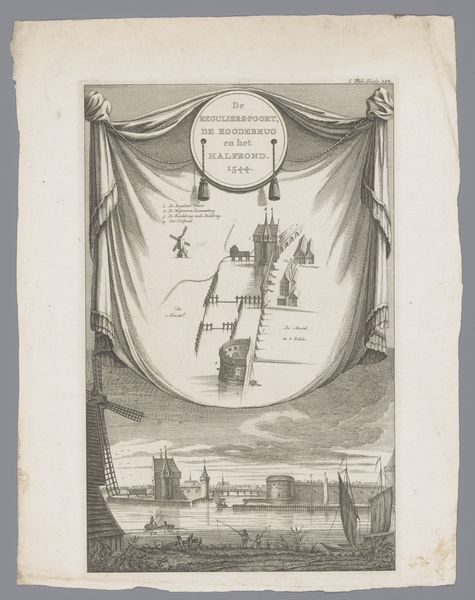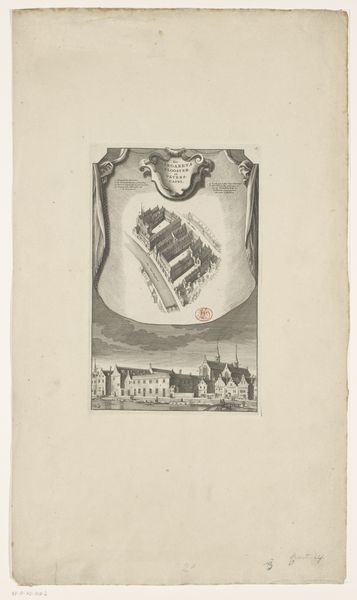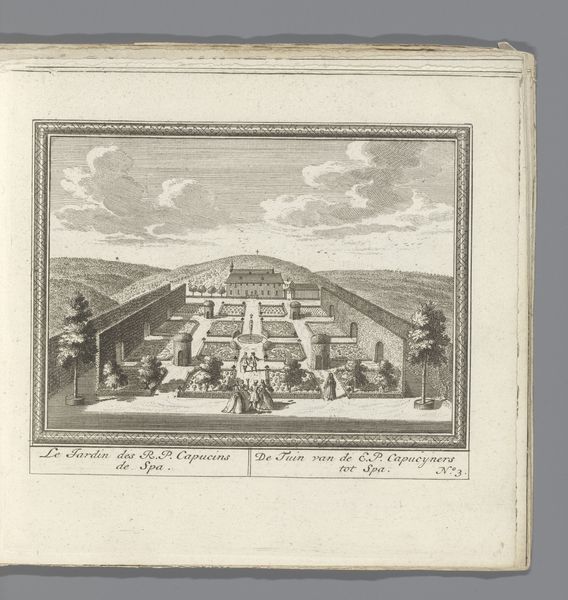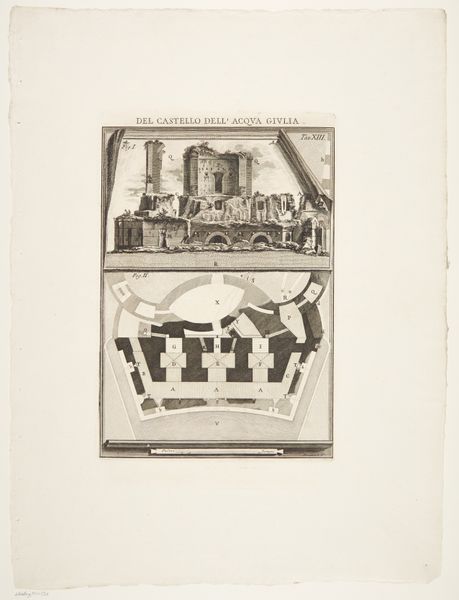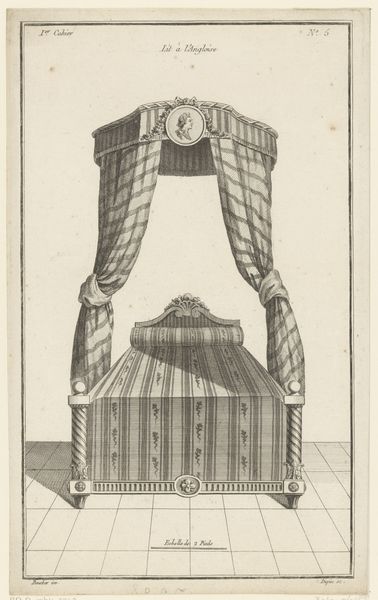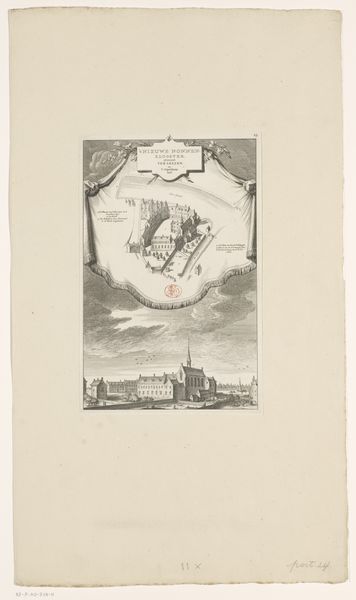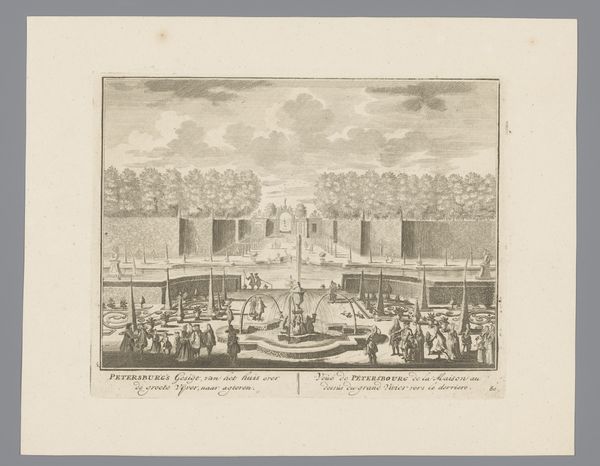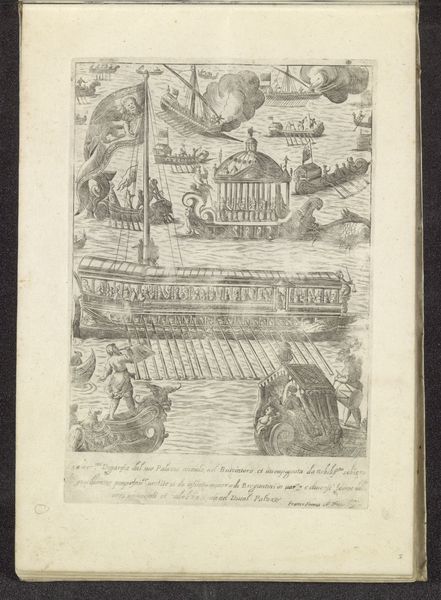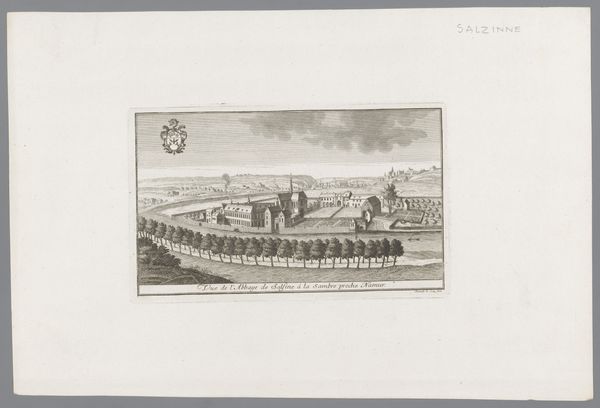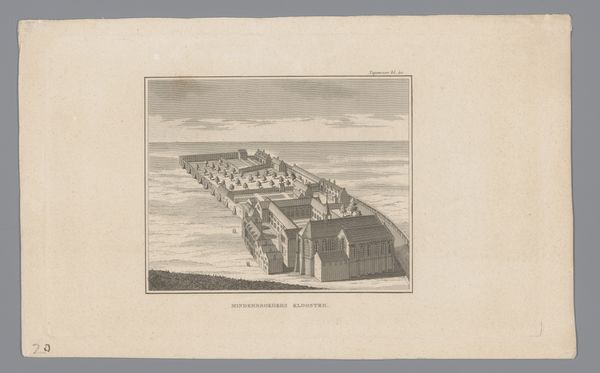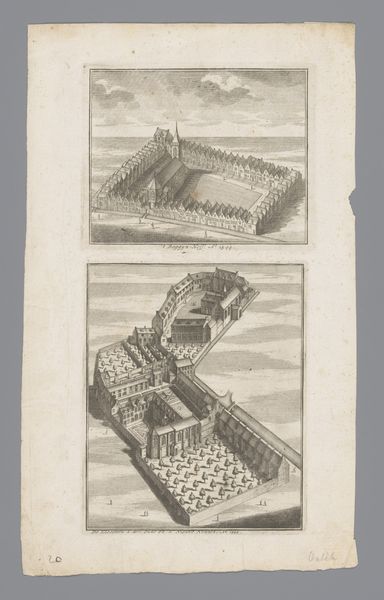
drawing, print, paper, engraving, architecture
#
drawing
#
baroque
# print
#
landscape
#
paper
#
cityscape
#
engraving
#
architecture
Dimensions: height 272 mm, width 170 mm
Copyright: Rijks Museum: Open Domain
Curator: Take a moment to observe "Begijnhof te Amsterdam, ca. 1544," an engraving on paper created around 1760, currently held in the Rijksmuseum. The anonymous artist has depicted the cityscape of Amsterdam's Begijnhof, a unique enclosed community. Editor: My first thought is: ordered tranquility. Look at that perfect rectangle of houses, each the same, surrounding an open space. It's almost unnerving in its precision. It feels like a carefully planned dollhouse. Curator: Precisely. That order speaks to the nature of the Begijnhof as a structured, almost monastic environment for women, the Beguines. Notice how the engraving emphasizes the architecture; each building meticulously rendered, almost as if cataloging. The baroque style, though, lends a subtle drama to the scene, through the swirling cartouche at the top, for instance. It's a city plan rendered with artistry. Editor: And yet, I feel a sense of detachment. The tiny figures are so distant, like ants scurrying around. It highlights the enclosed, separate nature of the place, doesn't it? Like a little world operating by its own rules. Is it me or the buildings too close to each other giving a creepy vibe, they give a feel of standing next to each other and gossiping. Curator: The limited perspective reinforces the historical distance. The symbolical distance maybe. Begijnhofs have often served as enclaves within cities, spaces with unique social and spiritual significance, especially regarding gender roles. This representation really brings to light a controlled female community and existence in that era. It seems also so cut off from the outside world. It makes you wonder about the outside, too, beyond the frame of the piece. Editor: It does make you think. It's interesting to see how much you can pack into an image. It’s quite different from strolling through there nowadays with the tourists, street performers, and coffee kiosks; it used to be quiet place for females. That former calmness is definitely caught here, although the perfect design suggests also that it had a little dark twist that it makes it unique Curator: Indeed. This print serves as a window, even with the symbolic framing devices used around it, capturing the essence of a world within a world that evokes deeper reflections on society. It's more than a pretty image; it's a piece of history preserved and made available for current and future reflections. Editor: Absolutely. Looking closer helps the viewer also question social normalities over different timelines. This anonymous artwork definitely makes me want to visit Amsterdam as soon as possible.
Comments
No comments
Be the first to comment and join the conversation on the ultimate creative platform.
